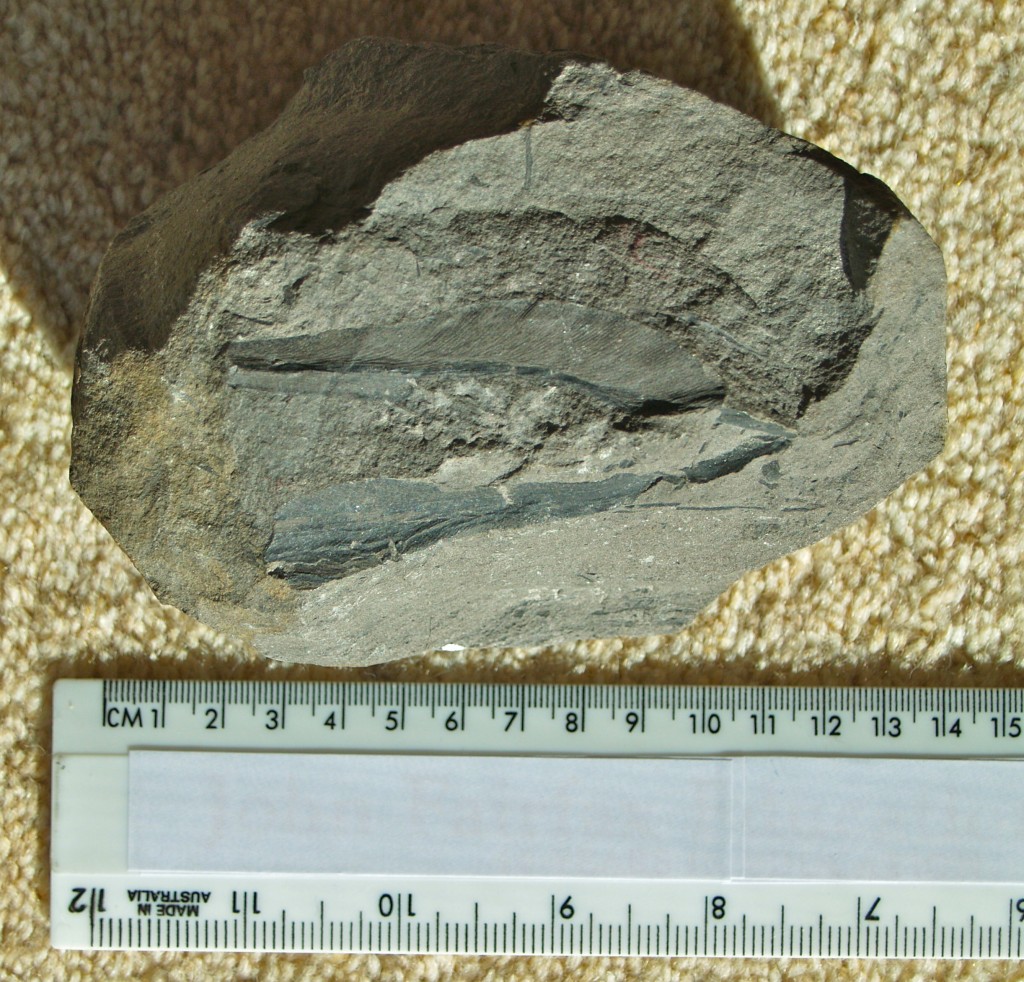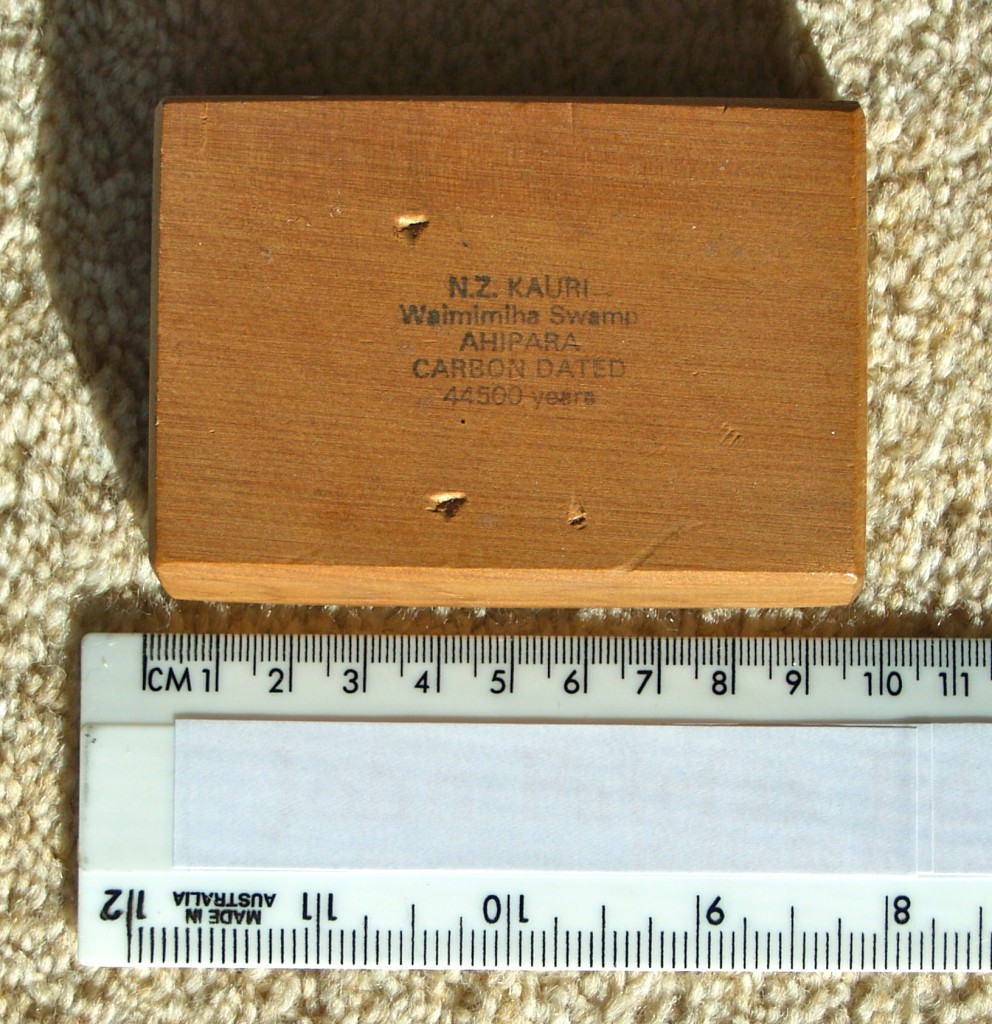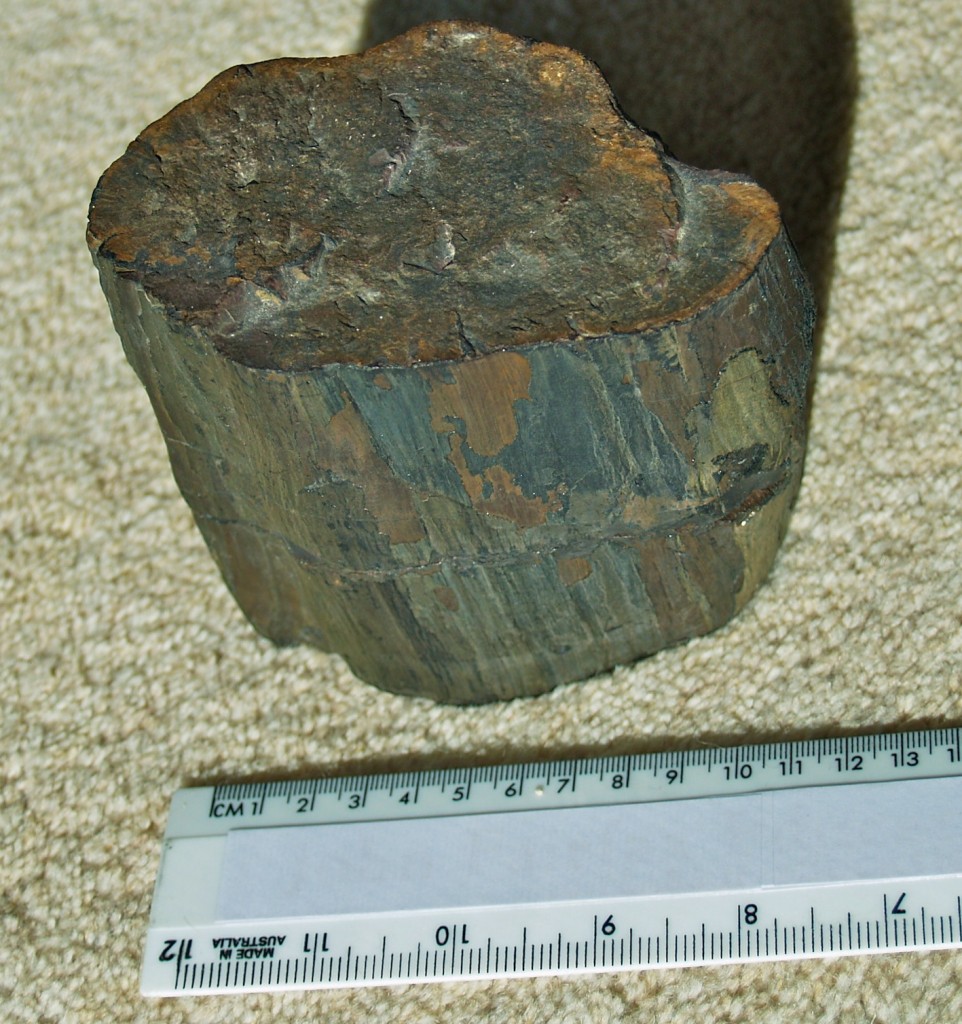To view Global Grade 3′s original post, click below…
Global Grade 3
The following photos were taken because if a promise in a comment I left.
Hello Global Grade 3,
I promised to photograph and share fossils in my rock collection so here they are. There is nothing too spectacular, not even a single dinosaur although I have something connected to them. You'll find some links on the names of the samples if you want to find out more.
Ammonite
Schools and students have permission to use this graphic for non-commercial, educational purposes.
Ammonite this time it has been cut to show the inside,
Schools and students have permission to use this graphic for non-commercial, educational purposes.
DInosaur coprolite from U.S.A.. Coprolites are fossilised animal droppings.
Schools and students have permission to use this graphic for non-commercial, educational purposes.
Fossilised leaf. I gathered this at a rock fall. I found it when out hiking.
Schools and students have permission to use this graphic for non-commercial, educational purposes.
Petrified wood.
Schools and students have permission to use this graphic for non-commercial, educational purposes.
More petrified wood.
Schools and students have permission to use this graphic for non-commercial, educational purposes.
Trilobite
Schools and students have permission to use this graphic for non-commercial, educational purposes.
Trilobite
Schools and students have permission to use this graphic for non-commercial, educational purposes.
Kauri wood. This is not a fossil. A kauri log was found in a swamp in New Zealand. It was tested and found to be around 44,500 years old but looks as though it was freshly cut. The quality of the wood and the lack of oxygen in the swampy waters probably protected it.
Schools and students have permission to use this graphic for non-commercial, educational purposes.
Shell. This is also not a fossil. The shell was found in a quarry in South Australia. The rocks are thought to be about 30,000 years old.
Schools and students have permission to use this graphic for non-commercial, educational purposes.
Another shell from the same rock deposit.
Schools and students have permission to use this graphic for non-commercial, educational purposes.
Tree fossil. It seems to have come from rock about 220 million years old. If you can see the blacker colour on the front of this fossil, that's coal formed from the original tree. I suspect the tree was covered perhaps because of flood. In time the wood was replaced by minerals. You can see it's reasonably large.
Schools and students have permission to use this graphic for non-commercial, educational purposes.













The Battalion Hawk Bloggers
Hi Ross!
http://rossmannellcomments.edublogs.org/2012/10/03/my-fossils-for-global-grade-3/
http://globalgrade3.cbegloballearning.ca/
Thank you SO much for taking the time and effort to photograph your fossils for us! We learned SO much from this post. We LOVED your links because they really helped us to discover more information about each of the fossils you shared with us.
It was a GREAT idea to use the ruler as a referent for us because we also used a ruler to talk about the size as we looked at EACH of your fossil photos. It was smart to put both inches AND centimetres because, even though we use the metric system in Canada, our other blog followers in the States use the imperial system! Smart thinking! 😉
Last week, all the Grade Three classes held “Rock Museums” in their classrooms. This meant that each class set up their desks and brought in rocks that THEY treasure from home. It was sure surprising to see the number of rocks that came. We think that there are a TON of secret rock collectors in Grade Three. Some students even had tiny samples of gold and pyrite. We actually got to see real samples of trilobites and ammonites. It was a lot of fun to check these rocks out and we had fun sharing our collections with one another.
We liked the way you put the links up so that we could go to Wikipedia to learn MORE about your specimens. It is hard for us to believe that the ammonite is more closely related to octopuses, squid, and cuttlefish than they are to shelled nautiloids!
We were ESPECIALLY intrigued with your dinosaur COPROLITE! If this sample is only 17 cm big … we think it must have disintegrated BEFORE becoming a fossil … or broke AFTER it was a fossil … OR it is from a VERY small dinosaur. We discovered, by exploring your link, that there are TONS of different words for animal droppings! We were PRETTY intrigued with this! At first, we couldn’t figure out HOW they could TELL that it was fossilized animal droppings … but then we read your Wikipedia link. It told us some pretty amazing information. Many of us STILL think that if we saw it laying on the ground we would think that it was volcanic rock … it has that LOOK to us! We discovered that they even MINE coprolite and use it for fertilizer!!! WOW!
We wonder if you found this dinosaur coprolite all by yourself on one of your many hikes … and, if you did, WHERE did you find it? How did you even RECOGNIZE it as fossilized dinosaur feces? We hope you are lucky enough to find MORE fossils on your adventures, Ross!
We have ALL decided that we are going to keep our eyes PEELED, when WE are out hiking, to see if WE are lucky enough to find some dinosaur coprolite! We don’t know if you KNOW this, or not, but we live about an hour or so away from Drumheller and the Royal Tyrrell Museum!
Thank you for sharing your treasure with us … and for inspiring our learning even MORE!
The Battalion Hawk Bloggers 🙂
rossmannell
Post authorHi Global Grade 3,
One of the great things about blogging is it's making me do things I have meant to do but put aside for a later time. I have been meaning to photograph some of my rock collection and, because of your post, have now done so.
The ruler was a good idea for these small samples and I included both measurements to make the images more globally significant. Later images didn't have a ruler but were placed near standard bricks and tiles as well as in a group to give an idea of size.
I am glad to read there are fellow rock collectors around although I collect many things either real or as photos such as plants, animals and the outdoors.
I also have pyrites and gold in my collection. There is about 1oz of panned gold, a fingernail sized nugget and a tenth ounce gold coin in my collection so there is over $1000 worth of gold. The strange thing is, I like pyrite better because it is a beautiful crystal.
There are many names for animal droppings although coprolite is normally used for fossilised droppings. Guano is another word used for the droppings of animals such as seabirds, seals and bats (in caves). There can be large layers built up over many years. Because the guano is rich in phosphates and nitrogen, they are mined for fertiliser but also, as the nitrogen comes in the form of nitrate, can be mined for use in gunpowder.
http://en.wikipedia.org/wiki/Guano
When in a bat cave here in Australia many years ago, I found the floor had a layer of bat guano. There were many insects and other small animals living in the droppings. The bats were an important part of the cave ecosystem.
Spotting rocks… Your statement about seeing a coprolite amongst the stones is exactly right. We, if our eyes aren’t trained, can pass stones not realising what secrets they hide. I have probably passed many specimens without realising what they were but I have also discovered unusual finds.
As an example, I once saw a stone looking much like many others along my hike but something caught my eye. Looking closely, I noticed small flakes had been broken off along one edge. While this might have been natural, the pattern suggested to me it had been worked. Perhaps someone hundreds or even thousands of years before had tried to make a point for a spear or a stone knife. I know in places in the US and Canada you can find arrowheads. As the Aboriginal cultures in Australia didn’t use bows and arrows, we won’t find arrowheads but they did use spears and stone tools.
The dinosaur coprolite was purchased in rock store. It comes from the US. I’m not aware of dinosaur coprolites being found in Australia but they probably have been. After all, when you have large numbers of animals around over many years, they do drop many traces of their passing. If conditions are good, some have to be fossilised.
As far as the size is concerned, we must remember many species of dinosaurs weren’t very large. They could range from about the size of chickens up the mega giants we have seen in films. Thank goodness we don’t have to clean up after the huge dinosaurs have passed. ☺
Here is a Wikipedia link sharing the names of some dinosaur species discovered through fossils in Australia and Antarctica…
http://en.wikipedia.org/wiki/List_of_Australian_and_Antarctic_dinosaurs
I have heard of some of the amazing Albertan dinosaur finds but not of the Royal Tyrrell Museum. After looking it up on the internet, it would be a must see for me if I was in Canada.
The closest city to my town is Canberra, our national capital. It’s about a three hour drive from here. It’s also the home of Australia’s National Dinosaur Museum. Here is a link listing some of the exhibits, although not too many photos are included…
http://www.nationaldinosaurmuseum.com.au/exhibits.htm
@RossMannell
Teacher (retired), N.S.W., Australia